Composed of two galaxies with the names SDSS J115331 and LEDA 2073461, the pair seems a result of a galactic collision.
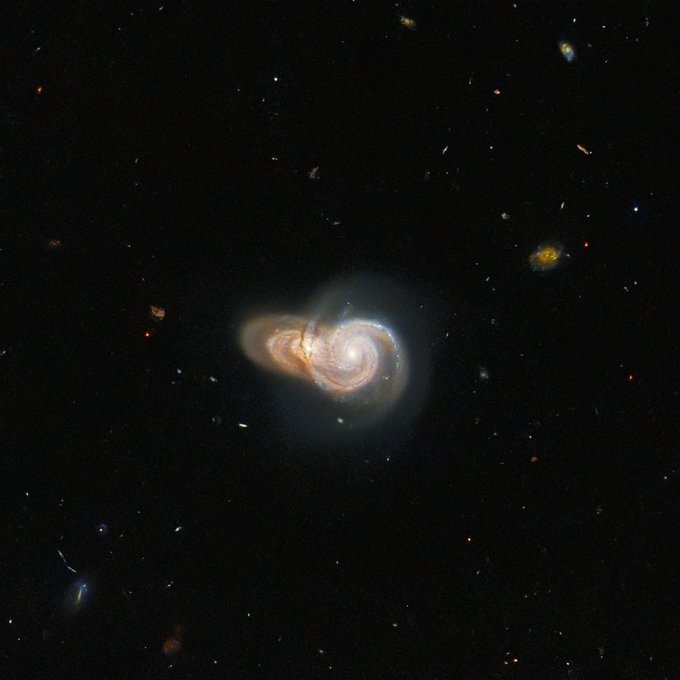
The Hubble telescope has shared an image featuring a pair of galaxies that appear to be colliding. The two galaxies named SDSS J115331 and LEDA 2073461 appear to collide in the image but in reality, they are not interacting at all. “It’s all about perspective! In this #HubbleFriday image, these two galaxies appear to collide – in reality, they aren’t interacting and might be like ships passing in the night,” The Hubble Space Telescope tweeted with the image of the galaxies.
“Despite appearing to collide in this image, the alignment of the two galaxies is likely just by chance – the two are not actually interacting. While these two galaxies might simply be ships that pass in the night, Hubble has captured a dazzling array of other, truly interacting galaxies,” NASA mentioned on it’s website.
This image is one of many Hubble observations delving into highlights of the Galaxy Zoo project. Originally established in 2007, Galaxy Zoo and its successors are massive citizen science projects that crowdsource galaxy classifications from a pool of hundreds of thousands of volunteers. These volunteers classify galaxies imaged by robotic telescopes and are often the first to ever set eyes on an astronomical object.
NASA also mentioned that, over the course of the original Galaxy Zoo project, volunteers discovered a menagerie of weird and wonderful galaxies such as unusual three-armed spiral galaxies and colliding ring galaxies. The astronomers coordinating the project applied for Hubble time to observe the most unusual inhabitants of the Galaxy Zoo – but true to the project’s crowdsourced roots, the list of targets was chosen by a public vote.
Recent Posts
- Astronomers detect first direct image of black hole expelling a powerful jet
- WhatsApp rolling out ‘reply with message’ feature within call notifications
- Multi-Device Pairing May Be Arriving for Apple Watch this Year
- Artificial Intelligence Discovers Hidden Giant, a Planet 5 Times Larger Than Jupiter
- Google CEO Sundar Pichai Talks Bard & The Future Of Search
Recent Comments
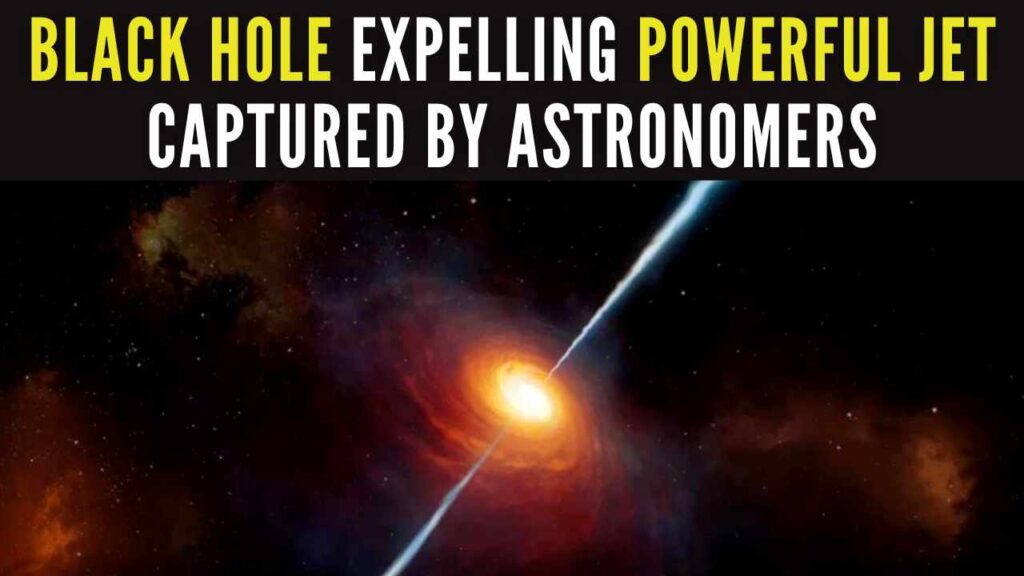
Astronomers detect first direct image of black hole expelling a powerful jet
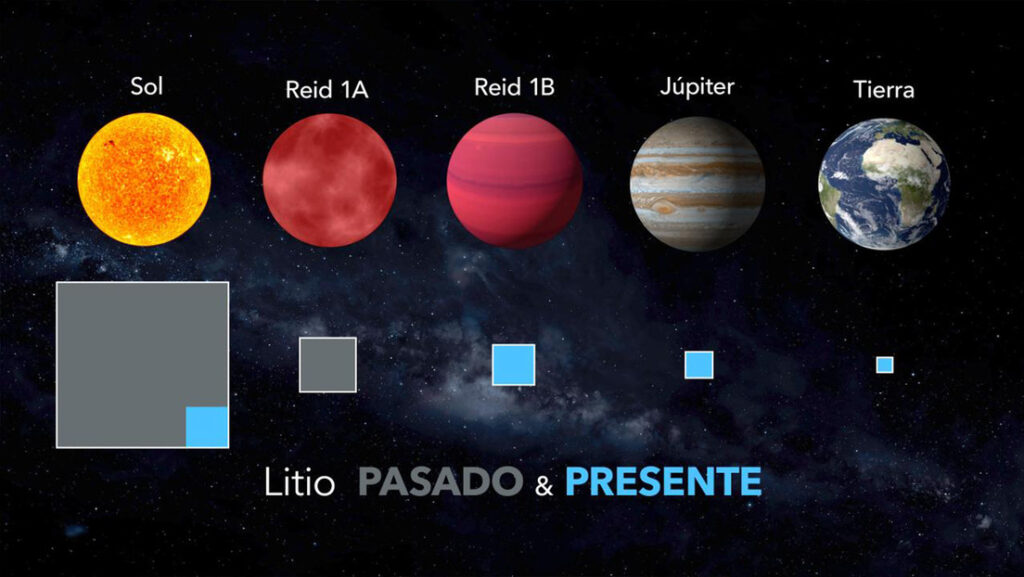
Artificial Intelligence Discovers Hidden Giant, a Planet 5 Times Larger Than Jupiter
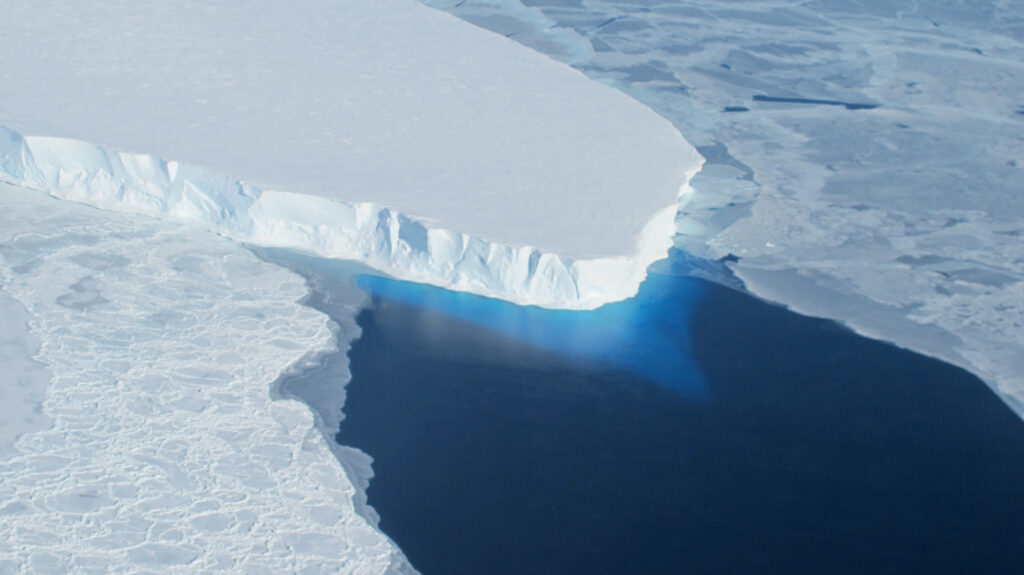
Scientists explain melting of Antarctic ice sheet dating back 9,000 years
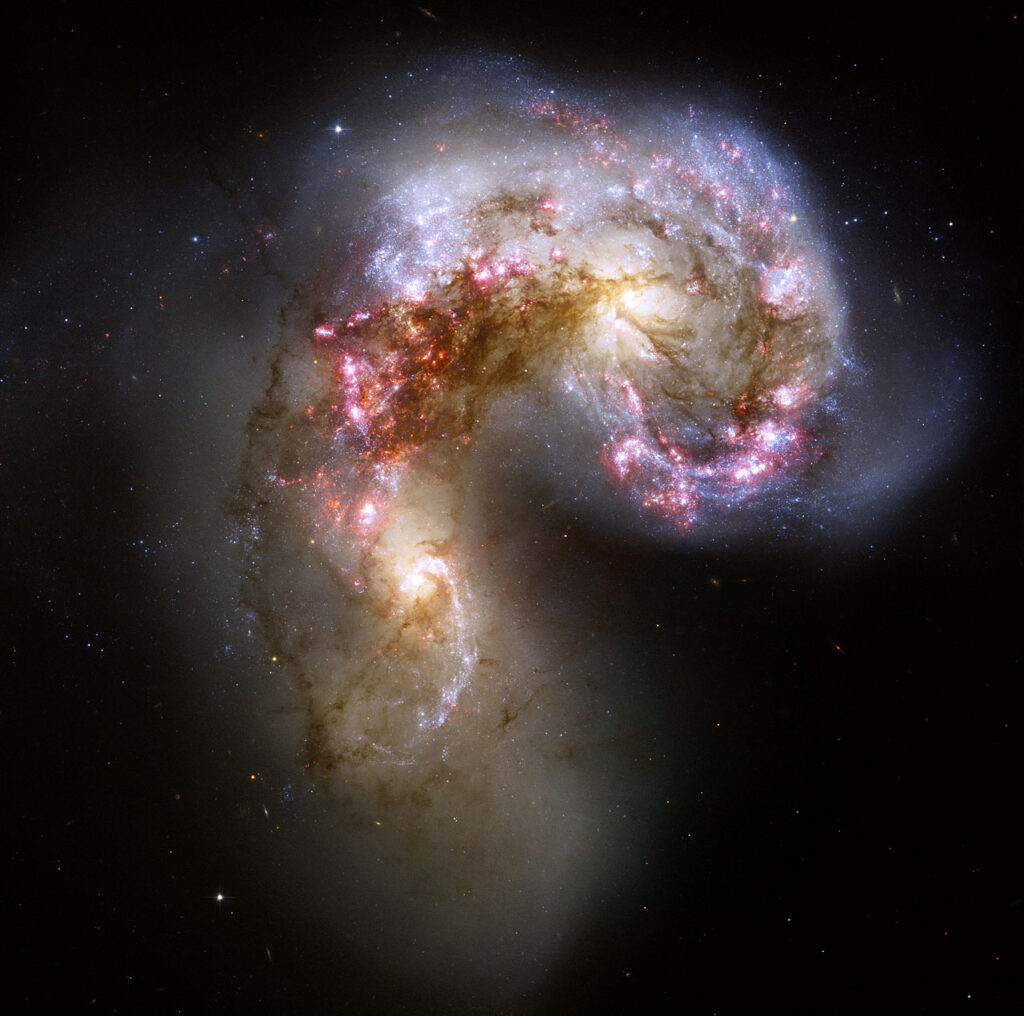
An Unexpected Discovery: Hubble, ESA's Gaia Spot Double Quasar That Existed Over 10 Billion Years Ago

Astronomers detect first direct image of black hole expelling a powerful jet
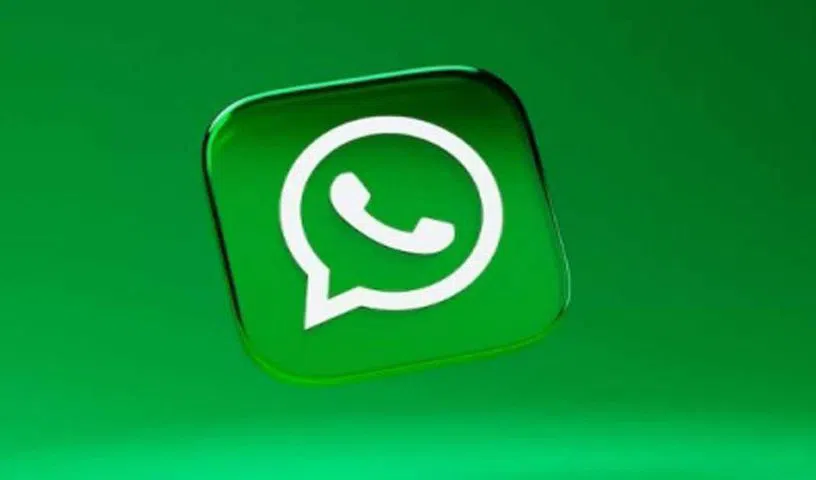
WhatsApp rolling out ‘reply with message’ feature within call notifications
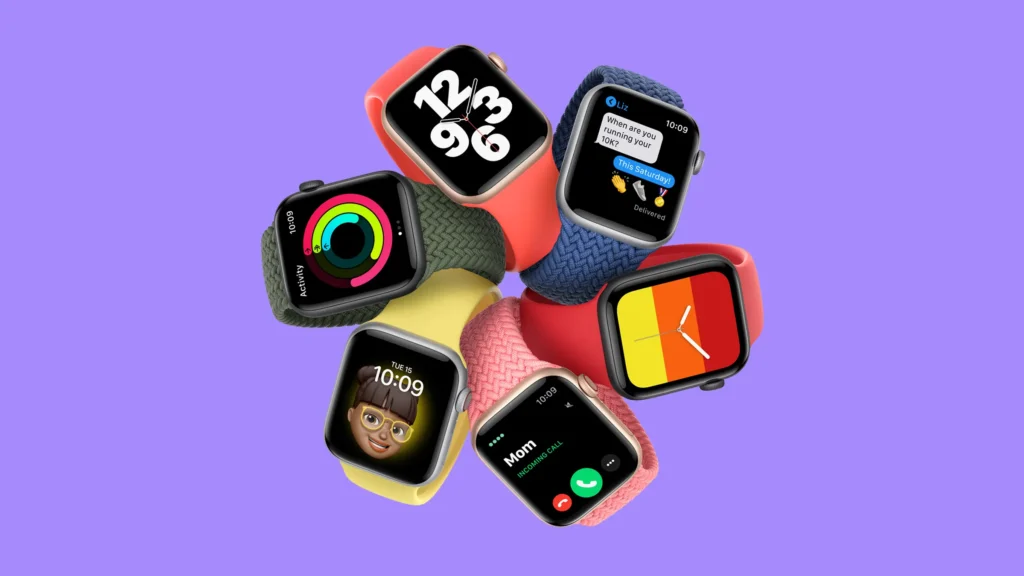
Multi-Device Pairing May Be Arriving for Apple Watch this Year


